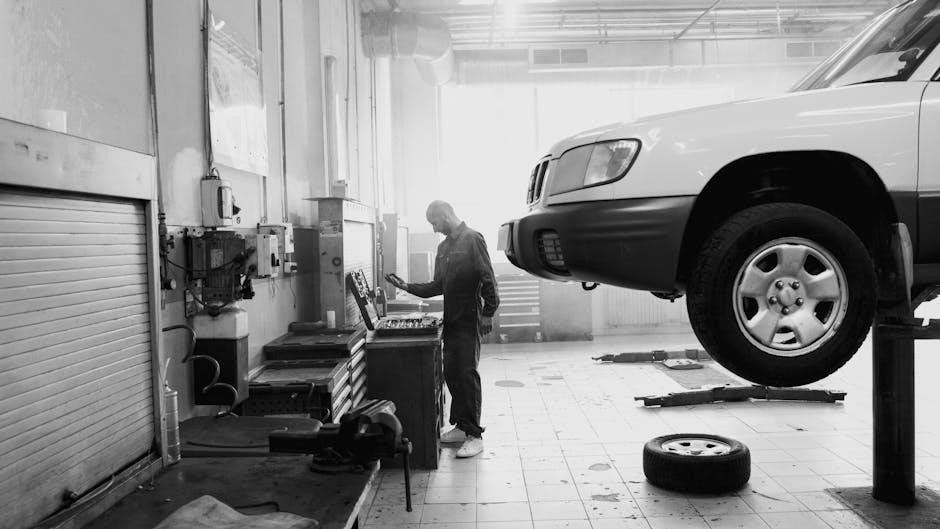The process of converting a BMW E36 from automatic to manual transmission is complex, involving multiple components and requiring careful planning and execution, using various parts and tools available online.
Overview of the Process
The process of converting a BMW E36 from automatic to manual transmission involves several steps, including removing the existing automatic transmission and installing a manual transmission, such as a ZF five-speed manual. This requires careful planning and execution, as well as the use of specialized tools and components. The process typically begins with the removal of the automatic transmission, followed by the installation of the manual transmission and associated components, such as the clutch and flywheel. The conversion also requires modifications to the vehicle’s wiring and computer systems, as well as the installation of a new shift linkage and other components. Overall, the process is complex and requires a significant amount of time and expertise, but can be rewarding for those who want to upgrade their vehicle’s performance and driving characteristics. The entire process is a significant undertaking.
Importance of Manual Transmission
The importance of manual transmission in the context of the E36 auto to manual swap cannot be overstated, as it provides a more engaging and dynamic driving experience. With a manual transmission, drivers have more control over the vehicle’s performance and can take advantage of the engine’s power and torque. Additionally, manual transmissions are often more fuel-efficient and can provide better performance and handling. Many enthusiasts also prefer the feel and responsiveness of a manual transmission, which can make driving more enjoyable and rewarding. Furthermore, the installation of a manual transmission can also increase the vehicle’s value and appeal to potential buyers. Overall, the importance of manual transmission in the E36 auto to manual swap is significant, and it is a key consideration for those looking to upgrade their vehicle’s performance and driving characteristics. This is a key aspect of the conversion process.
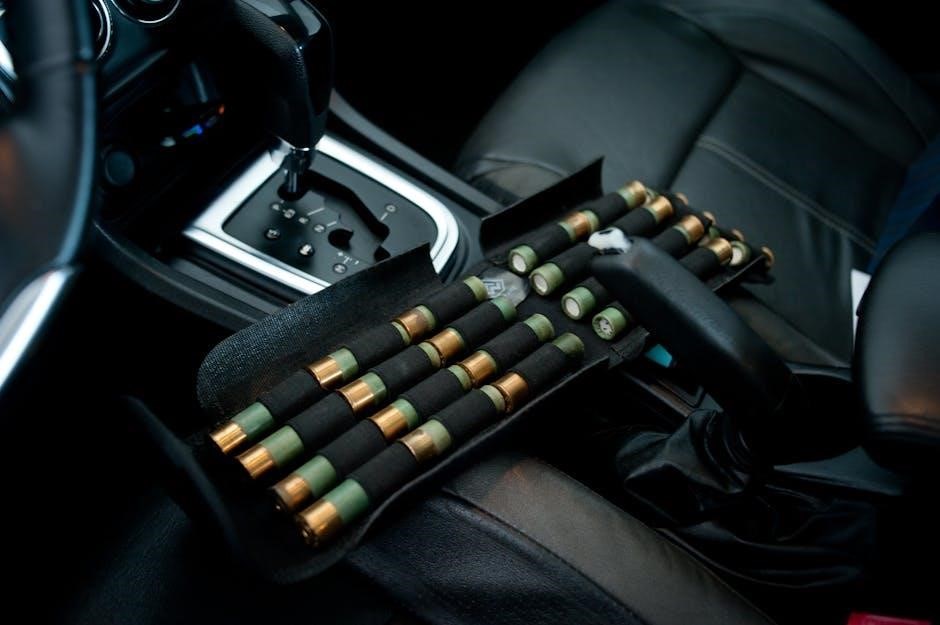
Required Parts for the Swap
Manual transmission, clutch, and flywheel are necessary components for a successful E36 auto to manual swap, available online through various retailers and forums, with specific parts lists.
Manual Transmission Options
When considering a manual transmission for the E36 auto to manual swap, several options are available, including the ZF five-speed manual and the Getrag 420G six-speed manual. These transmissions offer a range of benefits, including improved performance and fuel efficiency. The ZF five-speed manual is a popular choice, known for its durability and smooth shifting. The Getrag 420G six-speed manual, on the other hand, offers a more modern design and improved gearing. Both transmissions are widely available and can be purchased through online retailers or specialty shops. It is essential to research and compares the different options to determine which transmission best suits the individual’s needs and preferences. Additionally, considering factors such as cost, installation complexity, and compatibility with the E36 is crucial to ensure a successful swap. By choosing the right manual transmission, drivers can enjoy a more engaging and responsive driving experience.
Clutch and Flywheel Requirements
The clutch and flywheel are critical components in the E36 auto to manual swap, requiring careful selection to ensure proper function and durability. A suitable clutch and flywheel must be chosen to match the manual transmission, taking into account factors such as torque capacity and pedal feel. The clutch disc, pressure plate, and release bearing must be compatible with the transmission and engine, while the flywheel must be designed to work with the clutch and transmission. A dual-mass flywheel or a lightweight flywheel can be used, depending on the driver’s preferences and the vehicle’s intended use. It is essential to consult with experts or refer to online resources to determine the correct clutch and flywheel specifications for the swap. By selecting the right clutch and flywheel, drivers can enjoy smooth and reliable shifting, while also protecting the transmission and engine from damage. Proper installation is also crucial to ensure optimal performance.
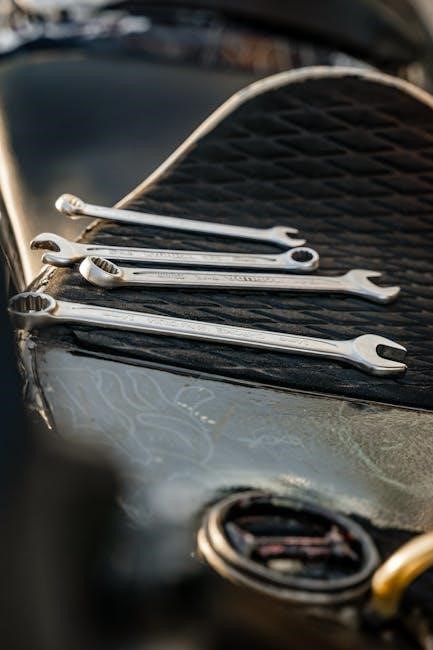
Technical Considerations
Technical aspects, such as transmission mounts and crossmember, require careful consideration and planning for a successful swap, using online resources and expert advice, with various parts available.
Pressure Manifold Assembly
The pressure manifold assembly is a critical component in the automatic to manual transmission swap, playing a key role in providing ground signals to the transmission control module. This assembly is typically sourced from a donor vehicle or purchased from a reputable supplier, with various options available online. The installation of the pressure manifold assembly requires careful attention to detail, ensuring that all connections are secure and properly routed. Additionally, the assembly must be configured to work in conjunction with the manual transmission, which may involve modifying the wiring harness or installing a custom adapter. By properly installing and configuring the pressure manifold assembly, enthusiasts can ensure a smooth and reliable transmission swap, with improved performance and driving characteristics. The pressure manifold assembly is a complex component, requiring a thorough understanding of its function and operation, as well as the necessary tools and expertise to install it correctly.
Custom Wiring Harness
A custom wiring harness is often required to complete the automatic to manual transmission swap, allowing for seamless communication between the transmission control module and the vehicle’s electrical system. This harness must be carefully designed and constructed to meet the specific needs of the swap, taking into account the unique requirements of the manual transmission. The custom wiring harness typically involves reconfiguring the existing wiring to accommodate the manual transmission’s control systems, which may include installing new connectors, wires, and sensors. By creating a custom wiring harness, enthusiasts can ensure a reliable and efficient transmission swap, with minimal risk of electrical faults or malfunctions. The custom wiring harness is a critical component of the swap, requiring a thorough understanding of the vehicle’s electrical system and the manual transmission’s control systems. Proper installation and testing of the custom wiring harness are essential to ensure a successful transmission swap.
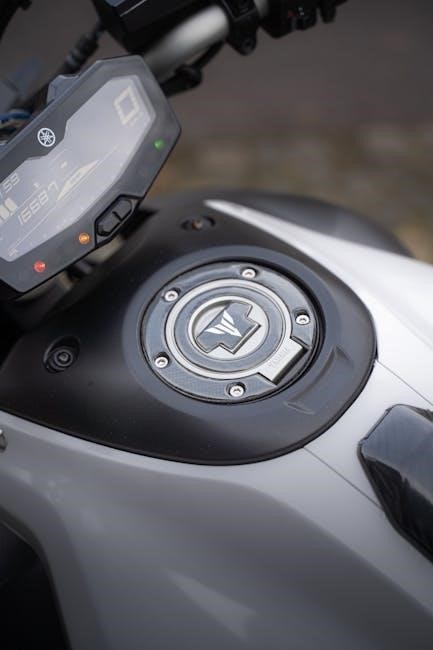
Cost and Labor Estimates
Estimated costs for the swap range from 700 to 1000 dollars, depending on the shop and required parts, with labor costs varying accordingly, using online pricing guides.
Parts Costs
The cost of parts for the E36 auto to manual swap can vary depending on the source and quality of the components. A manual gearbox, such as a ZF five-speed, can cost around 750 dollars. Additionally, a clutch and flywheel are required, which can add another 850 dollars to the total cost. Other necessary parts, such as a custom wiring harness and pressure manifold assembly, can also contribute to the overall expense. Online marketplaces and forums often have listings for parts packages specifically designed for the E36 swap, with prices ranging from 400 to 600 dollars for a complete set. It is essential to research and compare prices to find the best deals on the necessary components. By doing so, individuals can help ensure a successful and cost-effective conversion. The total parts cost can range from 2000 to 3000 dollars, depending on the specific parts and sources chosen.
Labor Costs and Time Requirements
The labor costs and time requirements for the E36 auto to manual swap can vary depending on the individual’s level of expertise and the shop’s rates. On average, the conversion process can take around 10 hours to complete, with some shops quoting a labor cost of 700 to 1000 dollars. It is essential to find a reputable and experienced mechanic or shop to perform the conversion to ensure a successful and efficient process. Some individuals may choose to attempt the swap themselves, but this can be a complex and time-consuming process. The time requirement can be broken down into several stages, including removal of the automatic transmission, installation of the manual gearbox, and wiring harness modifications. By understanding the labor costs and time requirements, individuals can better plan and prepare for the conversion process, ensuring a smooth and successful transition to a manual transmission. The total labor cost can range from 700 to 1000 dollars.
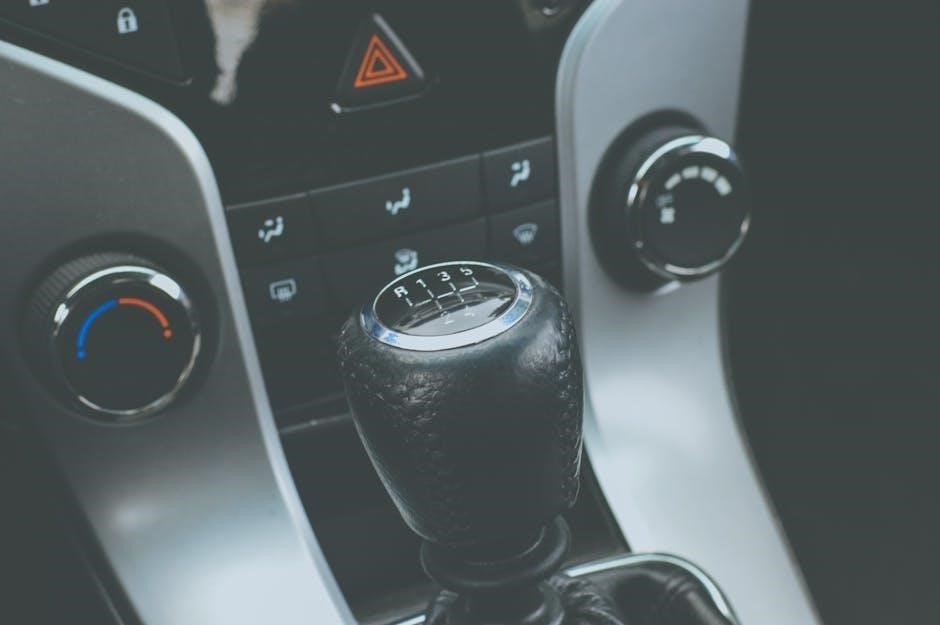
and Final Considerations
The E36 auto to manual swap is a complex process that requires careful planning and execution. It is essential to consider the costs, time requirements, and potential challenges involved in the conversion. Individuals should weigh the benefits of a manual transmission, including improved performance and driving experience, against the potential drawbacks, such as increased maintenance and repair costs. By understanding the process and its requirements, individuals can make an informed decision about whether to pursue the swap. It is also crucial to consult with experienced mechanics and enthusiasts to gain a deeper understanding of the process and its potential outcomes. Ultimately, the E36 auto to manual swap can be a rewarding and exciting project for those who are willing to invest the time and effort required to complete it successfully. The outcome can be a unique and satisfying driving experience. The swap can also increase the car’s value.
